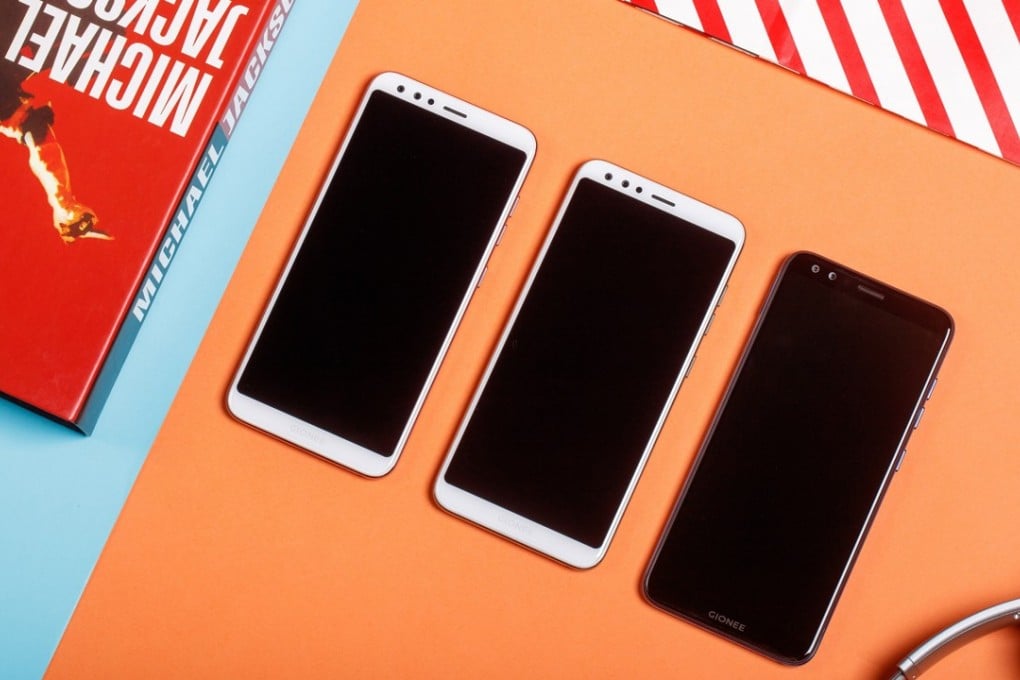China’s Gionee offers budget alternative to the iPhone X for a fraction of the price
Shenzhen-based Gionee has launched a range of full-screen smartphones, from premium to entry-level models, that competes directly against the bezel-less handsets from Apple, Samsung, Huawei, Oppo, Vivo and Xiaomi

Chinese mobile phone maker Gionee has thrown down the gauntlet to Apple and its rival brands on the mainland by releasing a family of full-screen smartphones, the cheapest of which sells for a tenth of the price of the iPhone X.
Shenzhen-based Gionee represents the latest Chinese electronics brand to fire a strong salvo at Apple in the world’s biggest smartphone market, which could spoil the US technology giant’s hopes for its tenth anniversary iPhone having a solid and lengthy run on the mainland just like the iPhone 6 and 6 Plus did a few years ago.
Gionee, which sold 40 million smartphones worldwide last year, also threatens to chip away at the huge lead of China’s top-selling smartphone brands - Huawei Technologies, Oppo, Vivo and Xiaomi.
Founded in 2002, privately-held Gionee sold 40 million handsets last year, but has not been able to make a significant leap in the smartphone market like what seven-year-old start-up Xiaomi has done. Gionee’s senior management, however, is aiming high and has claimed some bragging rights.
Liu Lirong, the chairman and chief executive of Gionee, said on Sunday at a grand product launch in the southern coastal city of Shenzhen that the company has become the world’s first smartphone supplier to equip all its new handsets with full 18:9 aspect ratio displays.
Gionee has released eight full-screen Android smartphone models, including the premium-category M7 and M7 Plus for professionals, the S-series handsets for younger users, the F-series phones for budget-conscious consumers and “Steel” models known for long battery life.